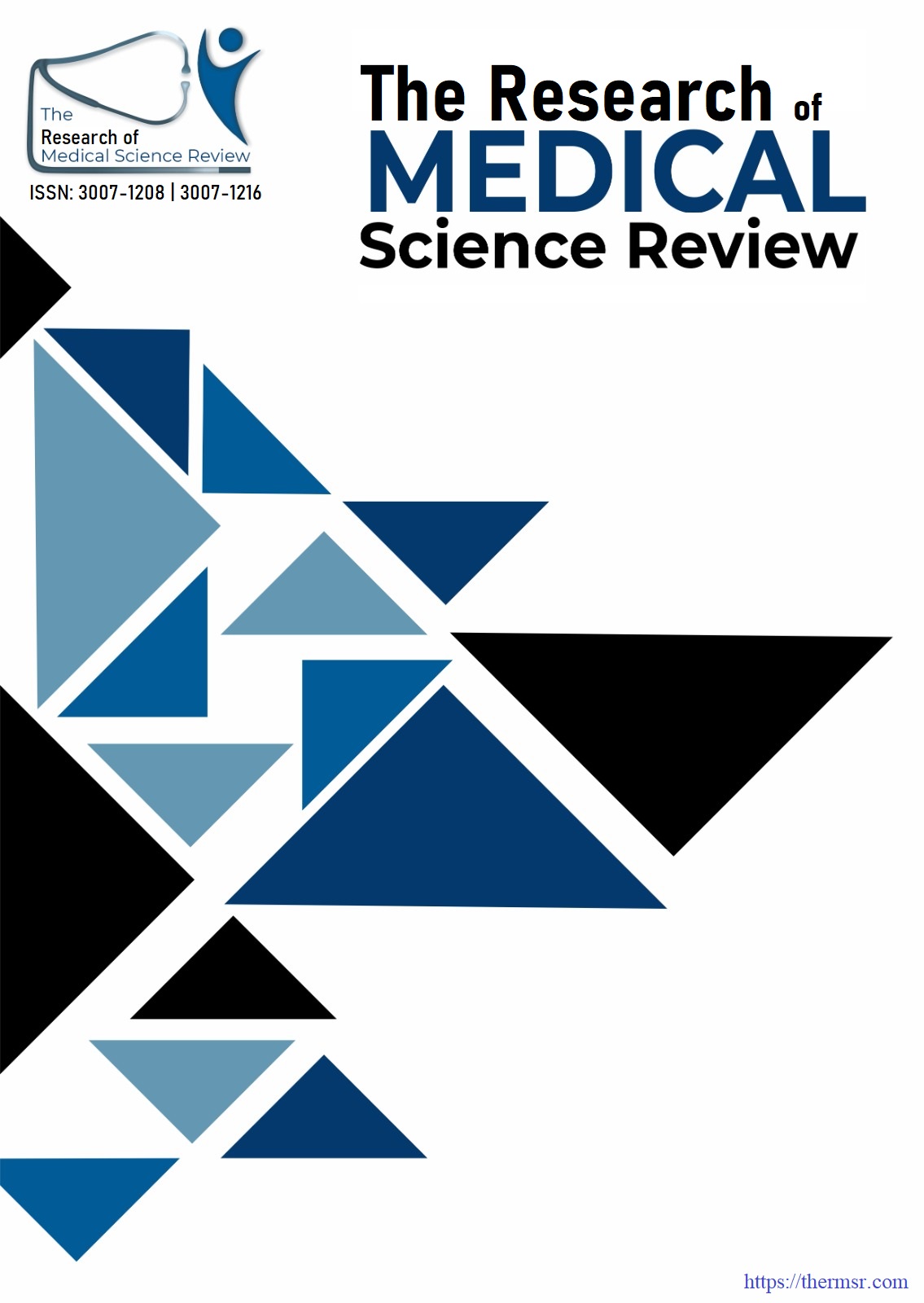LAYER-WISE RELEVANCE PROPAGATION IN LARGE-SCALE NEURAL NETWORKS FOR MEDICAL DIAGNOSIS
Keywords:
Artificial Intelligence (AI), Disease, Layer-wise Relevance Propagation (LRP), Medical diagnosis, Neural Networks, Vision Transformers (ViTs)Abstract
Large-scale neural networks have recently transformed medical diagnosis with exceptional accuracy across various imaging tasks with high accuracy and efficiency. It is true that as one relies on artificial intelligence (AI) for clinical settings, the necessity of interpretability and transparency becomes more and more critical. In this review, we focus on Layer-wise Relevance Propagation (LRP), a technique that enables us to enhanced interpretability of neural networks by identifying on what regions the model is relying the most to its decision. Additionally, it demonstrates neural networks in the medical field of radiology, pathology, cardiology, neurology, stating where advanced learning algorithms are utilized for such tasks as tumor detection, image segmentation, and disease classification, and also outlines their findings. LRP creates clinical trust and genuine collaboration between health care team and machine systems to resolve key transparency issues. Relevant current challenges, including scalability and computational demands, that must be addressed via further research are discussed, in order to further refine LRP for complex models and to integrate it into clinical workflows. Despite these challenges, LRP shows great promise in generating robust chains of divisions as clinical applications across all of these imaging modalities (X-ray, MRI, CT scan).
Downloads
Downloads
Published
Issue
Section
License

This work is licensed under a Creative Commons Attribution-NonCommercial-NoDerivatives 4.0 International License.















